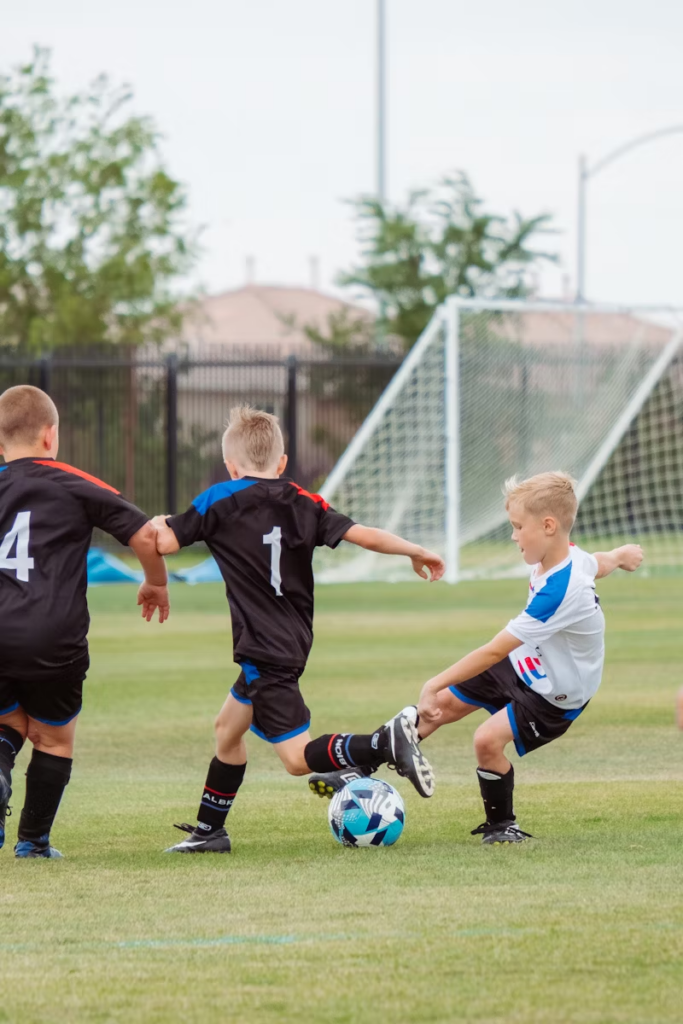Hi, my name is Sierra Lise, and I am in my second year! I am majoring in English and minoring in physical health education. I wish to become a secondary school teacher. I have known that I wanted to be a teacher since a young age. I have always loved the idea of being able to inspire and guide the younger generation during such a crucial stage in their personal and academic development. I grew up being the eldest daughter and granddaughter on both sides of my family, and I had many younger neighbours. This gave me the experience of showing others how to navigate challenges, learn new skills, and grow confidently, which sparked my passion for teaching and mentoring.

This week in class, we have talked about the following topics: Understanding Active Health Education, Key Issues in Youth Physical activity, The role of Sedentary behaviour in youth health, The five-step model for active health, and Developing health competencies in students.
Active Health Education
First, I will talk about understanding active health education. Active health education empowers young people to develop positive attitudes toward health by fostering understanding and engagement. For instance, teaching students about the 24-hour movement behaviours, including the importance of “sweat” (moderate to vigorous physical activity), “step” (light physical activity), “sleep” (9-11 hours for youth), and reducing sedentary behaviours (“sit”)-helps them recognize the value of balancing activity with rest for overall well-being.
We talked about this in the slide show in class: https://uvicactivehealth.ca/wp-content/uploads/2024/12/24hmovementguidelines-adults-18-64-eng.pdf
Key Issues in Youth Physical Health
A lack of awareness is one of the most significant barriers to increasing physical activity among youth. Many young people and their families do not fully understand health guidelines or their long-term benefits. For example, many are unaware of the 60-minute MVPA guideline for youth or the importance of reducing sedentary behaviour. As future leaders in health education, we can address this by improving health literacy, such as incorporating health-focused lessons into school curricula and modelling active lifestyles. Additionally, emphasizing the connection between physical activity and mental well-being can make these guidelines more relatable and impactful.
The Role of Sedentary Behaviour in Youth Health
Sedentary behaviour is another primary concern, negatively impacting physical health and overall well-being. Prolonged sitting and excessive screen time increase the risks of obesity, cardiovascular issues, and mental health challenges like anxiety. Educators can fight this by integrating active breaks, standing lessons, and outdoor activities into the school day. Policies like daily physical activity (DPA) requirements also ensure structured opportunities for movement.
- Please have a look at this Ted Talk “Why Sitting Is Bad For You” By Murat Dalkilinç https://www.ted.com/talks/murat_dalkilinc_why_sitting_is_bad_for_you
The five-Step Model for Active Health
The five-step model for active health promotes sustainable physical activity. This involves assessing current activity levels, planning interventions, implementing strategies, monitoring progress, and evaluating outcomes. As a future educator, I can use this model to create inclusive health programs that meet all the different needs of students while fostering long-term habits of physical activity.

Developing Health Competencies in Students
Finally, developing health competencies in students is critical for their physical, emotional, and social development. Health literacy equips students with the skills to make informed choices about their well-being. As a teacher, I aim to inspire students to value their health and build strong foundations for a balanced, active lifestyle.
Understanding these topics makes me confident I can guide young people toward healthier futures. This knowledge will be crucial to becoming a secondary school teacher.
I love how passionate you are about this! It’s great that you’re already thinking about how to apply what you’re learning to your future role as an educator. Your breakdown of active health education and its importance in youth development is clear and insightful. It’s especially important that you highlight barriers like lack of awareness and sedentary behavior, as those are key challenges in promoting a healthy lifestyle among students. Keep up the great work—your enthusiasm for guiding and inspiring young people will definitely make an impact in the classroom!